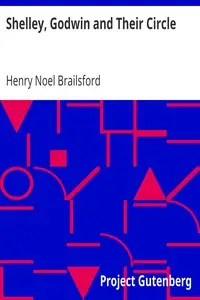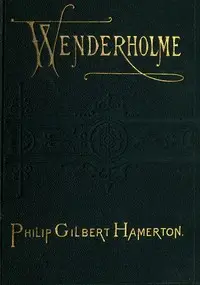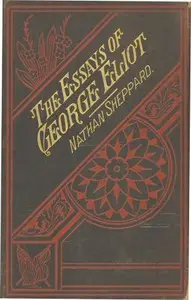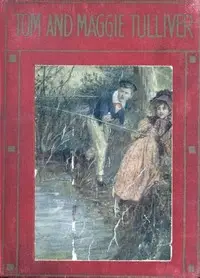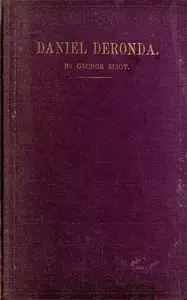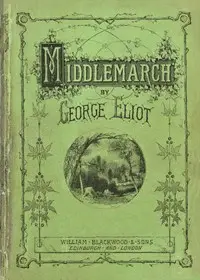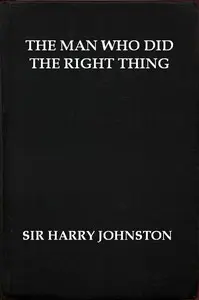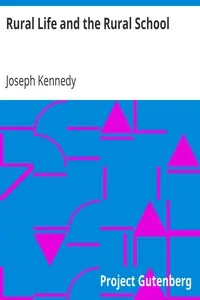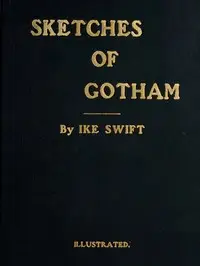"Felix Holt, the Radical" by George Eliot is a story from the 1800s, during a time of important political and social change in England, that follows characters like Felix Holt, who represents the radical ideas that were emerging at the time. The book begins by showing the different social classes and lifestyles in the English countryside, and focuses on the Transome family, including Harold Transome, who has a complex relationship with his mother, Mrs. Transome. Harold's modern political ideas clash with his mother's conservative values, which creates conflict within the family and reflects the wider social tensions of the time.

Felix Holt, the Radical
By George Eliot
Amidst social class tensions and political reform in England, a family grapples with clashing ideals as a son challenges his mother's traditional values with his radical views.
Summary
About the AuthorMary Ann Evans, known by her pen name George Eliot, was an English novelist, poet, journalist, translator, and one of the leading writers of the Victorian era. She wrote seven novels: Adam Bede (1859), The Mill on the Floss (1860), Silas Marner (1861), Romola (1862–1863), Felix Holt, the Radical (1866), Middlemarch (1871–1872) and Daniel Deronda (1876). As with Charles Dickens and Thomas Hardy, she emerged from provincial England; most of her works are set there. Her works are known for their realism, psychological insight, sense of place and detailed depiction of the countryside. Middlemarch was described by the novelist Virginia Woolf as "one of the few English novels written for grown-up people" and by Martin Amis and Julian Barnes as the greatest novel in the English language.
Mary Ann Evans, known by her pen name George Eliot, was an English novelist, poet, journalist, translator, and one of the leading writers of the Victorian era. She wrote seven novels: Adam Bede (1859), The Mill on the Floss (1860), Silas Marner (1861), Romola (1862–1863), Felix Holt, the Radical (1866), Middlemarch (1871–1872) and Daniel Deronda (1876). As with Charles Dickens and Thomas Hardy, she emerged from provincial England; most of her works are set there. Her works are known for their realism, psychological insight, sense of place and detailed depiction of the countryside. Middlemarch was described by the novelist Virginia Woolf as "one of the few English novels written for grown-up people" and by Martin Amis and Julian Barnes as the greatest novel in the English language.

